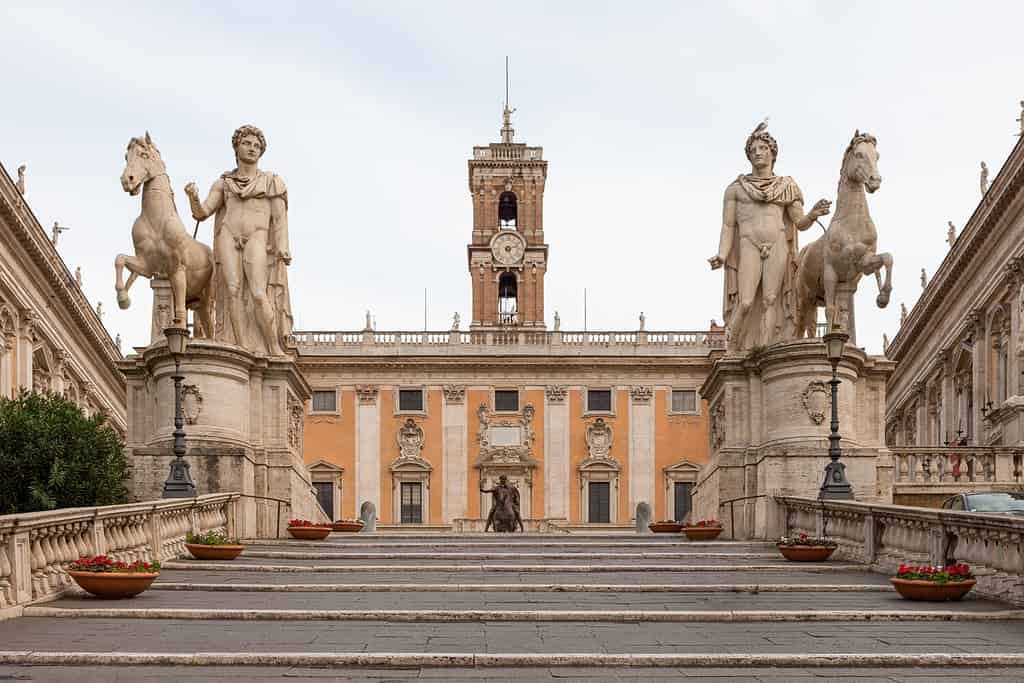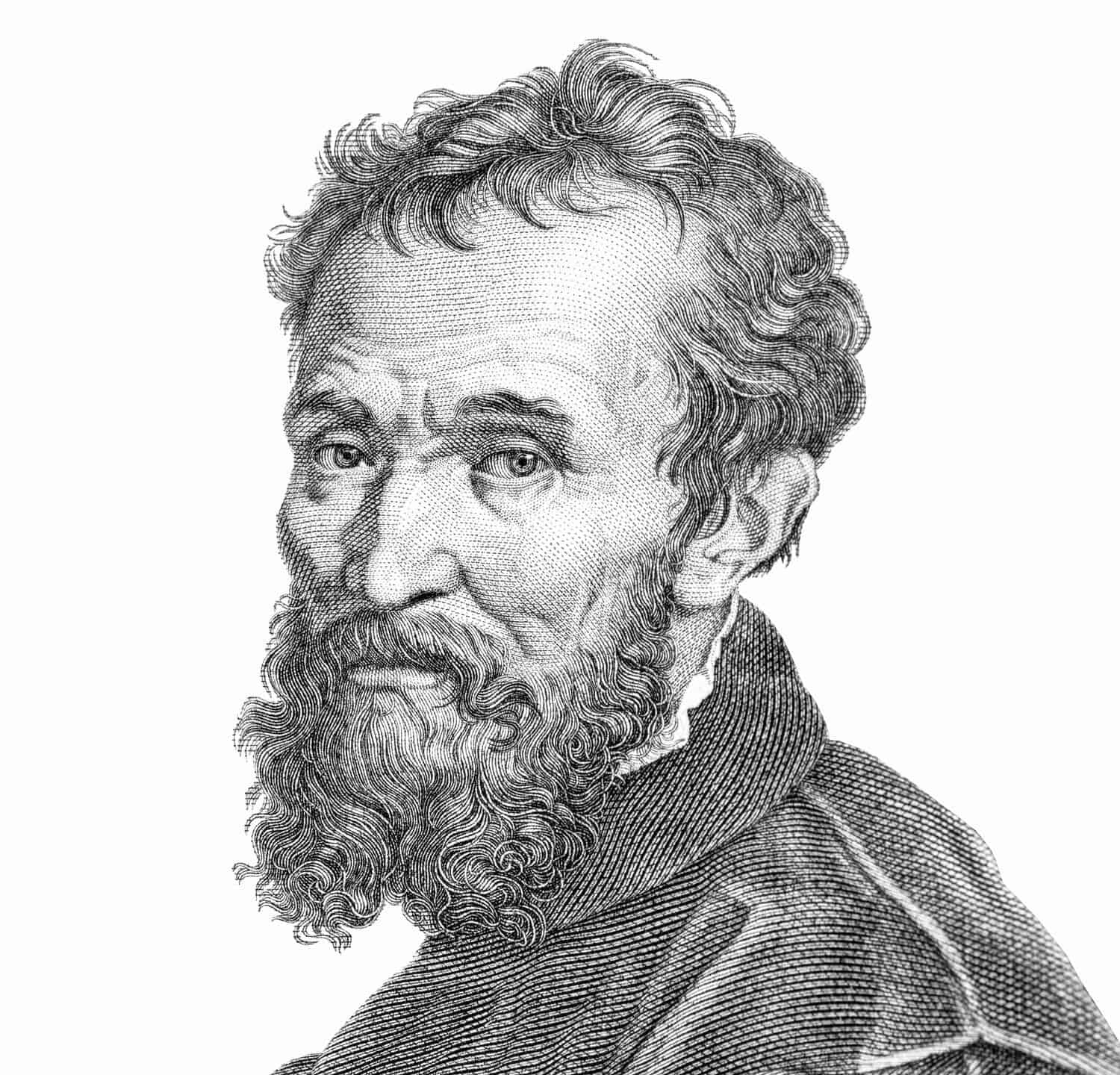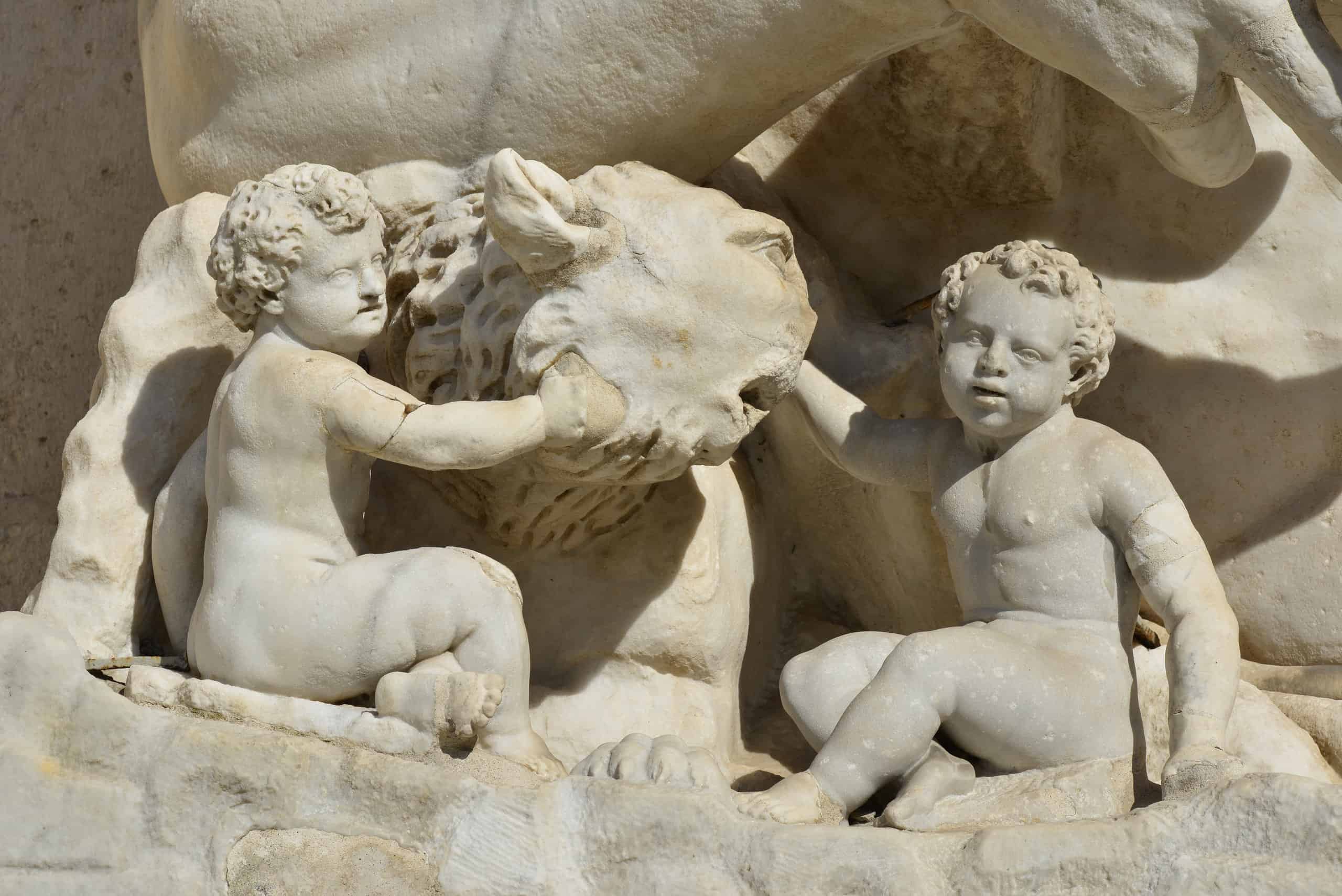Museums are a very important part of the human experience. They showcase art, history, science, and culture in ways that visitors can interact with and learn from. We use museums to teach, inspire, and grow. We are wowed by the expansive histories and ancient artifacts we can see and taken aback by all of the different things humans have created. This tradition of sharing dates back hundreds of years. Today, we’ll take a look at what we believe is the oldest standing museum in the world. This is not the first museum to exist, but the oldest one that you can still access or visit. This distinction is important, and you’ll find out why in a later section. For now, let’s explore the world’s oldest museum.
Discover the World’s Oldest Museum

The oldest museum in the world that is still operational today is the Capitoline Museum in Rome, Italy.
©Dima Moroz/Shutterstock.com
The oldest museum in the world that is still operational today is the Capitoline Museum (or Musei Capitolini) in Rome, Italy. This is actually a collection of museums that form a whole. This collection of museums spans art, history, and archaeology mostly related to ancient Roman history and collected from the city of Rome over hundreds of years. A series of temporary exhibits pass through the museums as well, not always related to Roman history or architecture.
How did the museum start? Pope Sixtus IV, one of the most famous popes in history, donated a collection of deeply symbolic bronze statues to the people of Rome. This gift marked the humble beginnings of the Capitoline Museum. Now, the museums rest on Capitoline Hill and showcase art and artifacts of some of the most amazing Roman history.
The municipality of Rome owns and operates these museums with care. Preservation is hard work, and the diligence of the museum employees and caretakers shows across the collection.
How Many Buildings are in the Capitoline Museum?

You can see three of the museum’s four buildings in this photo, along with the recreated statue of Marcus Aurelius atop a
horse
in the center of the square. The real statue now rests inside the museum.
©Taras Vyshnya/Shutterstock.com
There are four main buildings that comprise the entire museum. The first is Palazzo Senatorio, which means “Senatorial Palace”. This is a famous 13th and 14th-century building, designed with the help of Michelangelo. This building is reserved for the offices of government officials, so you cannot enter on your tour. However, it is still a part of the museum collection due to its incredible historic architecture. It was Michelangelo that designed the stairs to the building, and it’s an incredible sight.
The second building is the Palazzo dei Conservatori (Palace of the Conservators). This impressive structure’s creation dates back to the Middle Ages. Michelangelo restored the building and it now hosts an impressive museum of wonders, including sculptures, jewelry, coins, and applied art galleries. A newer wing of the building boasts a massive glass-covered hall with a statue of Marcus Aurelius as its centerpiece. There is also an art museum underneath the palazzo. The underground art gallery links the three main museum buildings together.
The third building is Palazzo Caffarelli Clementino. This building annexes Palazzo dei Conservatori. Gregory Canonico erected this structure in the late 1500s. The building spent a short amount of time as a German Embassy before the end of World War I. Now, it holds the museum’s short-term exhibits.
The final building is the Palazzo Nuovo (New Palace). This building is the newest of the four, erected in 1603 by Girolamo Rainaldi and his son Carlo. The building is an exact replica of the Palazzo dei Conservatori and sits opposite it. This balances the square and gives it a structured look. The museum now holds ancient Roman and Greek art, with a special focus on sculptures. You can only access this museum through Palazzo dei Conservatori’s underground tunnel.
More on Michelangelo

Michelangelo played a pivotal role in the renovation and restoration of the museums.
©Prachaya Roekdeethaweesab/Shutterstock.com
Michelangelo is a world-famous Italian sculptor who lived from 1475 to 1564. He is incredibly important to this set of buildings because of the hand he lent in renovation and restoration. The buildings stand on the site of ancient temples. Some remnants of these temples still remain, but many crumbled and were built over. After the time of the temples, the hill was repurposed, first as a governmental civic center. Michelangelo began his work in 1536 to repurpose and renovate what remained. He is responsible for the complete redesign that took place in the 1500s, and most of the architecture that stands now was sculpted by him or inspired by his designs.
We know Michelangelo best for his work on the Sistine Chapel and his sculpting of the Pieta in Rome and the David in Florence. His work far extends past these masterpieces. A visit to the Capitoline Museum showcases his skill and participation in Roman history incredibly well.
Pope Sixtus IV
It’s important to talk about Pope Sixtus IV when we talk about this museum. He is the foundation for the museum’s existence. His gift of significant bronze statues to the people of Rome started the museum’s long history. This isn’t all he is known for.
Sixtus served as the head of the Catholic Church in Rome and as the ruler of the Papal States from 1471 to 1484. He is most famous for his hand in creating the Sistine Chapel and the Vatican Library. Sixtus IV was the 212th Pope and the fourth Pope to use the name ‘Sixtus’. He appointed several friends and family members to help him with his popehood. Many of these people acquired great fortunes from their new roles, which led to accusations of nepotism against the Pope.
He also enacted a controversial papal bull that seemed to force natives to convert to the Church or become slaves. Many believe he was actually one of the greatest popes to ever live, while many others condemn him. The belief in greatness stems from his work celebrating art and architecture in the city of Rome. He made sure the city streets were improved and widened. He worked to build new infrastructure, as well, including new streets and a bridge. The pope also demanded the restoration of a hospital and the removal of dilapidated old buildings.
His leadership ended with his death in 1474.
The Capitoline Museum on a Map
We’ve included an interactive map of the area. Unfortunately, since the map is in Italy, many of the names of places and streets are in Italian. This showcases culture and history but can make the map hard to read and navigate for people who do not speak the language.
This map highlights many important features and attractions in Rome. For example, you can see that the Colosseum rests very close to the Capitoline Museums. Slightly to the north is the Trevi Fountain and the Pantheon rests to the northwest. In fact, all of these historic sites are incredibly close to one another. The Trevi Fountain is only a 16-minute walk from the Museums. The Colosseum is even closer – a 14-minute walk (less than one mile). A motivated individual could glimpse all of these sites on foot in a single day, however, this would leave no time for the treasures of each site. The Capitoline Museums would take several days to fully explore. We recommend you take your time if you’re to visit. You don’t want to miss out on an opportunity to explore history.
Visiting the Capitoline Museums
You can visit the Capitoline Museums quite easily if you are in Rome. Admission is quite affordable – 16 euro per adult for the full set of exhibits (price quoted from the museum website). You must redeem your ticket within four hours of purchase (unless you purchased pre-sale), but you can spend as long as you want in the museums once you are inside.
Visits to the museums range in time from 45 minutes to 4 hours. We recommend you set aside at least 2 hours for the experience. A 1.5-hour guided audio tour is available, and it will show you the most important or outstanding aspects of the exhibits, but you might want some extra time to check everything out yourself. From the sarcophagi in the Palazzo Nuovo to the underground Galleria di Congiunzione, there is an incredible amount to see and take in.
The address of the museum is Piazza del Campidoglio, 1, 00186 Roma RM, Italy, and the phone number is +39 06 0608.
Oldest vs. First: The Meanings in Museums
The Capitoline Museums qualify as the world’s oldest museum because they are still in operation today. However, there are now-defunct or non-existent museums that do predate this one.
The greatest example of this is, perhaps, the oldest example. Archaeologist Leonard Wooley uncovered what we believe is the world’s first and oldest museum in 1925. He found this museum during the excavation of an ancient Babylonian palace – the Palace of Princess Ennigaldi. He discovered a small series of neatly-organized and well-labeled artifacts in one of the rooms he was excavating.
So, a Babylonian Princess founded the world’s actual oldest museum? Yes, and it contained over 1,500 years of ancient history. Princesses of the time had duties they were expected to perform, mostly religious in nature. She was the high priestess of the moon goddess, Nanna, and she also served as the administrator of a school for children. We don’t know much about her or her life, but we do believe she was the curator of the world’s first museum, which she started around 530 BCE. We also know that her father, King Nabonidus, deeply supported this venture.
The ruins of this museum still stand in Iraq as a historical landmark. This area carries deep cultural and historical significance. As for the excavated artifacts of the museum, a blog post from June of 2023 claims many are housed at the British Museum, but we have not found any evidence to back that up. A search of ‘Ennigaldi’ and ‘Wooley’ on the British Museum Website returns no results for these ancient artifacts. Regardless, it is amazing to know that the world’s first known museum curator was also a Princess and perhaps the world’s first known female archaeologist.
A Final Word
Whether we honor the Ennigaldi-Nanna Museum as the world’s oldest museum or turn to the more modern – but still ancient – Capitoline Museums, we are surrounded by history. The amount we can learn from ancient civilizations is seemingly endless. However, we need to take note of current histories as well. One might say that to learn history is to learn not to repeat it, but if you spend too much time observing the past, you won’t have time to impact the present.
The Ennigaldi-Nanna collection is actually a great representation of this truth. Princess Ennigaldi built her museum at the end of her own culture. Many historians and archaeologists believe that her fascination with history was partially based on nostalgia. Without a future for the dying civilization, the princess and her father turned to the past. Visiting the past is a great way to learn history and lessons about how we carry ourselves today, but we must be careful not to get lost in it. In the end, it is only the present that holds the treasures of our lives. The past is only history – worth visiting but with no accommodation for an extended stay.
We encourage you to learn more about the history of both of these incredible museums and to explore the world around you. The world holds great wonders – past and present – and they await your exploration.
Thank you for reading! Have some feedback for us? Contact the AZ Animals editorial team.








